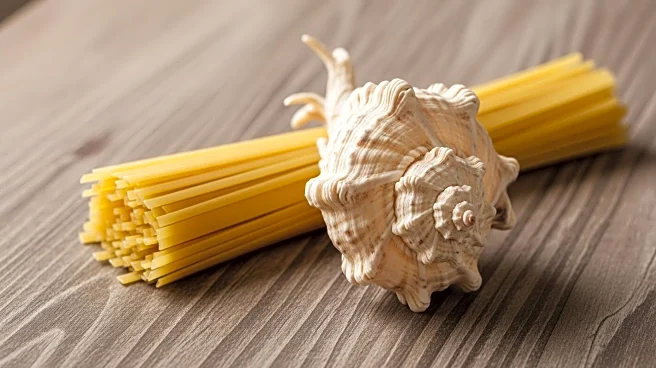Bolognese sauce, known in Italian as ragù alla bolognese, is a main variety of ragù in Italian cuisine, typical of the city of Bologna. It is a slowly cooked meat-based sauce, and its preparation involves
several techniques, including sweating, sautéing, and braising. Ingredients include a characteristic soffritto of onion, celery, and carrot, and different types of minced or finely chopped beef, often alongside small amounts of fatty pork. White wine, milk, and a small amount of tomato paste or tomato sauce are added, and the dish is then gently simmered at length to produce a thick sauce.
What the Word Meant
The term Bolognese refers to the city of Bologna, where this sauce originated. In Bologna, the sauce is simply known as ragù, highlighting its deep roots in the local culinary tradition. The name reflects the sauce's association with the region and its role as a staple in Bolognese cuisine.
Before It Was “Bolognese Sauce”
The origins of Bolognese sauce are related to those of the French ragout, a stew of ingredients reduced to small pieces, which became popular in the 18th century. The earliest documented recipe for a ragù served with pasta dates back to the end of the 18th century in Imola, near Bologna, from Alberto Alvisi, cook of the local Cardinal Barnaba Chiaramonti, later Pope Pius VII.
Where It Coalesced
Bolognese sauce is traditionally paired and served with tagliatelle made with eggs and northern Italy's soft wheat flour. Acceptable alternatives to fresh tagliatelle include other broad flat pasta shapes, such as pappardelle or fettuccine, and tube shapes, such as rigatoni and penne. This pairing underscores the sauce's integration into the culinary identity of Bologna and its surrounding regions.
Ingredients That Changed Everything
The preparation of Bolognese sauce involves a soffritto of onion, celery, and carrot, along with minced or finely chopped beef and small amounts of fatty pork. White wine, milk, and a small amount of tomato paste or tomato sauce are added, and the dish is then gently simmered to produce a thick sauce. These ingredients and techniques contribute to the sauce's rich flavor and texture, making it a beloved component of Italian cuisine.














